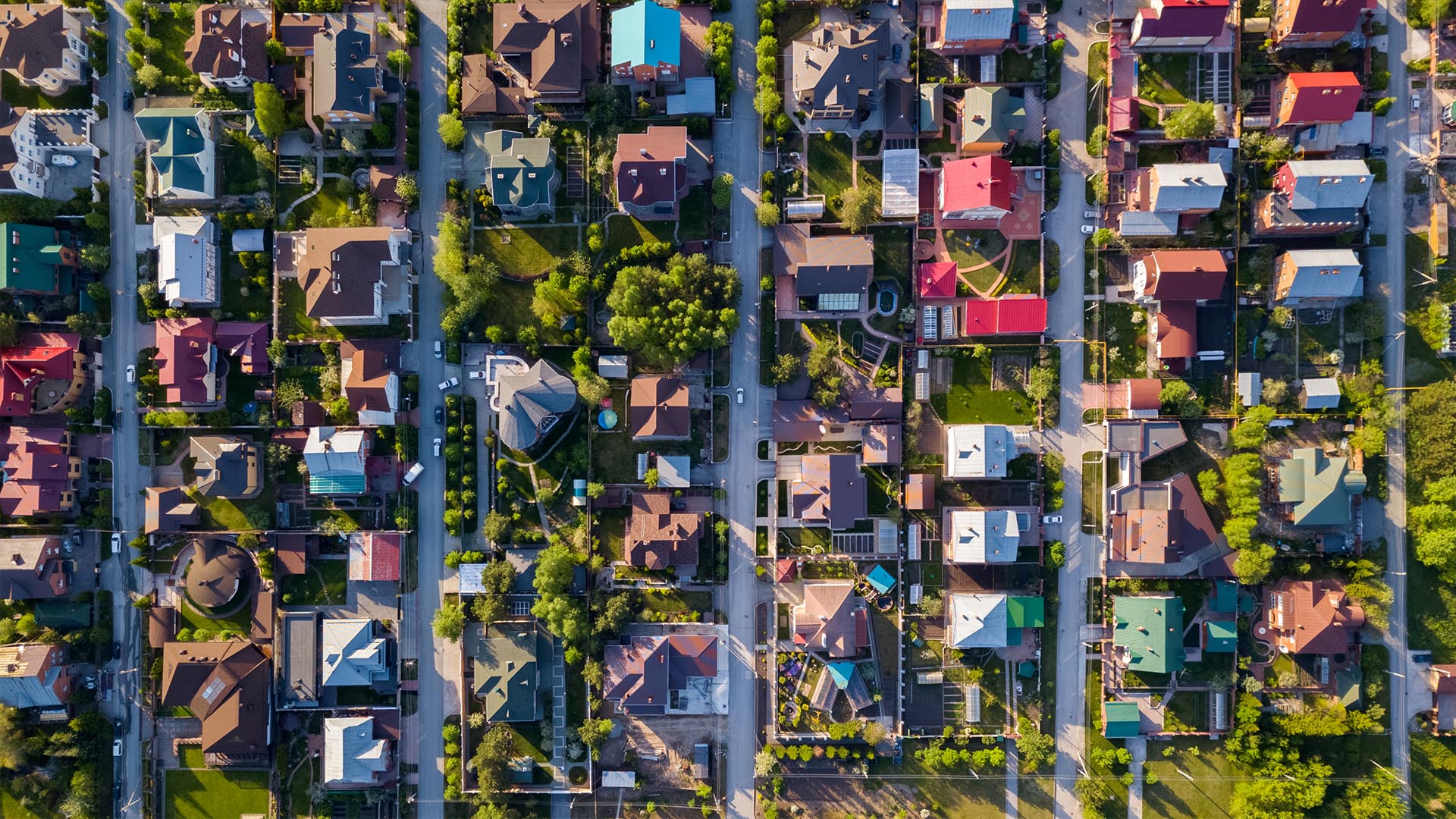The first step of any property development project is, naturally, locating the development site. For this, we undertake a comprehensive site evaluation process. Choosing a site is arguably the most important step of the process – if you pick a bad site, the project can be doomed from the start. So it’s essential to spend the time and conduct a thorough due diligence on each possible site.
First, you must identify the city that you want to develop in. For an individual developer, it’s essentially a given that you will choose a site in the city you live in. For businesses, it’s more feasible to undertake developments in cities that you aren’t based in.
When choosing a city, we look for indicators of future population growth (such as net migration), planned infrastructure upgrades, current and planned amenities, and new employment hubs. These factors influence which locations are desirable, and thus which locations are likely to grow in price and yield a high profit when developed. Based on our research, we currently develop property in three cities: Melbourne, Brisbane, and Los Angeles.
Once we have a city in mind, we repeat the process, zooming in further each time, looking at regions, then individual suburbs, then even individual streets.
As we zoom in, the factors get more specific. At the city level, we’re looking for things like Melbourne’s $11 billion Metro Tunnel project or Brisbane’s net migration of 1.6% in 2016-17. By the end, key factors might be the walking distance to the nearest train station or that a nearby intersection is being upgraded. This process allows us to build a shortlist of areas that are likely to grow in price.
Next, we keep an eye out for properties up for sale within those shortlisted suburbs. When we locate a potential development site, we research the size of the lot, which Planning Zone/s it falls within, and what the Council requirements are to receive permits. We also engage with third parties to search for potential sites on our behalf, and pay them a commission as a ‘finder’s fee’ if we decide to pursue the project.
We use this information to create a preliminary plan exploring how the land might be used. Some sites are suitable for thin but tall townhouses, others must be low and wide and so are suitable for house and land packages. Some sites, such as our Epoch and Zenith developments, involve the use of pre-existing properties. This stage is where we create several mock-up plans to determine the layout that best utilises the site to deliver the highest sale price.
We calculate the cost of purchasing the development site plus the costs required to build, and compare it against the anticipated profit. By evaluating the historical sales prices of similar properties in the area and taking into consideration the growth rate of the area (we typically gather this information from CoreLogic), we can predict a range of what the properties should sell for by the time they are complete.
We then enter all of this data into a piece of software called Feastudy which generates a comprehensive feasibility report. If the feasibility study indicates that the development site will yield an acceptable profit margin, we pursue the project. If the project is too risky or the margins are too small, we pass on the development site and keep searching.



